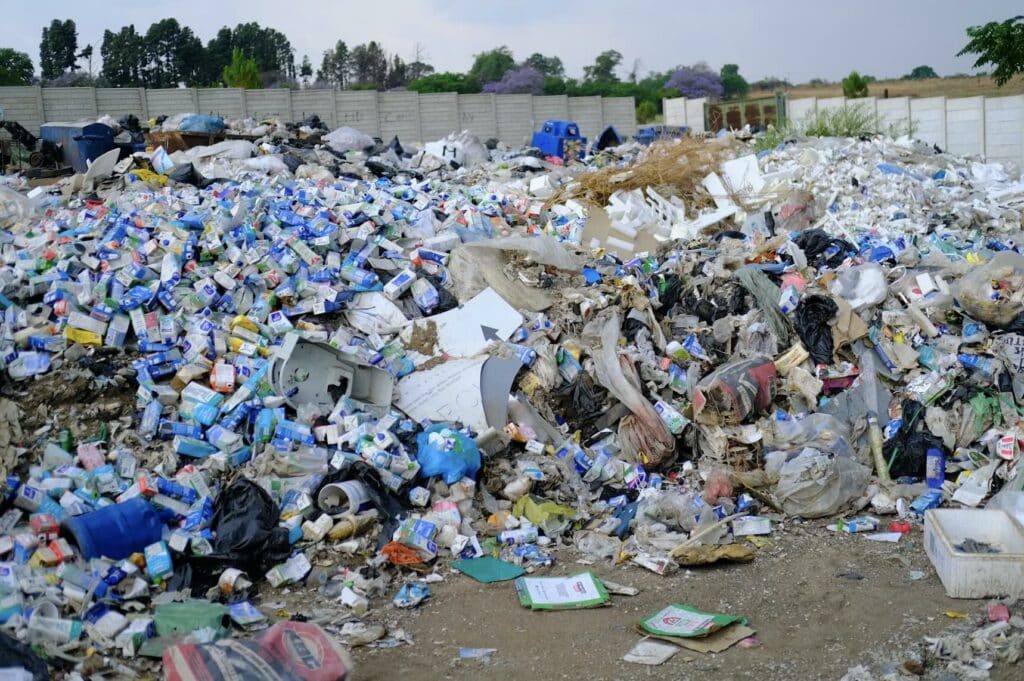How modern business quietly erodes ecosystems, trust, and time.

Reading time: 5 minutes
Walk into any boardroom, flip through a pitch deck, or scan the latest product launch announcement. Underneath the polished metrics and bold projections, you’ll find the same relentless drumbeat: growth.
Always more. Faster, bigger, louder.
“Beneath those sleek KPIs and ambitious targets, something essential is quietly disappearing—ecosystems, wellbeing, and the trust that makes sustainable business possible. All that growth begs the fundamental question: growth toward what?“
This isn’t about rejecting ambition. It’s about recognising what gets sacrificed when business follows a straight line: extract, scale, discard.
1. Extraction, dressed up as innovation
When we hear “extraction,” we picture oil rigs and strip mines. But the same logic runs through digital platforms that harvest attention, agencies that burn through junior talent, and startups that treat people as scalable resources.
Consider the now-familiar pattern: hire 50 people in six months, then lay off 30 when funding tightens [1]. Or agencies that drain their teams during campaign season, calling it agility. These aren’t aberrations; they’re features of a system designed to extract value as quickly as possible.
This extraction mindset shows up everywhere:
- Tech companies are shipping fast without thinking through the consequences
- Marketing teams are automating before they understand their audience
- Sales organisations are chasing numbers with no time to build real relationships
For leaders navigating these pressures, these aren’t abstract critiques. They’re the daily tensions behind every quarterly goal; the impossible balance between growth targets and the human cost of achieving them.
2. The hidden burnout tax
Modern workplaces rarely acknowledge the emotional overhead of constant scaling.
Yet the signs are unmistakable: productivity theatre masquerading as actual results, endless Slack threads bleeding into personal time, creative professionals quietly checking out.

Hyper-growth cultures celebrate grit and output, but underneath, meaning erodes. People become metrics. Time becomes overhead. The best ideas get crushed by urgency.
“Strategy shaped by investor urgency, not customer care. Speed over substance. Talent quietly disengages until they eventually walk away.“
Research shows that 75% of employees who survive layoffs report increased anxiety and diminished trust in leadership [2]. This is a design flaw in how we build companies [3].
💌 Like what you are reading? The rest of the series is just as bold. Join Conscious Growth Dispatch to receive the next instalments, exclusive tools, and fresh thinking on ethical business. Sign up here!
3. Convenience that shifts the real cost
In today’s business environment, convenience usually means someone else is paying the price. That seamless customer experience? It’s built on warehouse workers tracked by algorithms through 10-hour shifts.
Those AI tools that promise efficiency? They’re powered by energy-intensive data centres and precarious labour hidden from view [4].
When convenience becomes the primary metric, the true costs get pushed elsewhere:
- Gig workers are absorbing all the market uncertainty
- Employee mental health is sacrificed to content production cycles
- Environmental impact externalised beyond the balance sheet
These hidden costs don’t disappear; they compound. What starts as frictionless efficiency eventually becomes systemically unsustainable.
4. Time for circular thinking
Circularity isn’t just about recycling materials. It’s about designing business systems that regenerate rather than deplete—where people, ideas, and resources can renew themselves instead of burning out.

This requires different questions:
- What if regeneration is a key performance indicator?
- What if we optimise for connection, not just conversion?
- What if businesses strengthen the conditions they depend on?
Some companies are already experimenting with this approach. Patagonia built its resale and repair programmes into a core strategy, making product longevity a competitive advantage [5]. In B2B, cooperative platforms like Enspiral prioritise shared value creation over extraction.
Bio-innovation is opening new doors: Mycelium-based pioneers Ecovative are redesigning packaging and textiles from fungal roots—growing materials that biodegrade naturally and replace plastics in high-impact sectors.
These aren’t just greener alternatives, but proof that regenerative design can scale [6].
“The real waste isn’t inefficiency, it’s building a future on systems that systematically undermine the conditions for long-term value creation.“
Growth can be circular instead of linear. Regenerative instead of extractive. Resilient by design.
Next in the Circular Economy series: Designing Circular Campaigns in France: Building Marketing That Lasts
References
[1] Wired. The Startup Hiring Frenzy That Backfired. 2024.
[2] HRD Connect. The other side of layoffs – survivor’s guilt. 2024.
[3] LeadDev. Burnout is on the rise as layoffs reshape the tech industry. 2025.
[5] Patagonia. Circular Economy Award at Davos. 2017.
[6] Ecovative. Scaling mycelium tech for packaging and fashion. 2024.